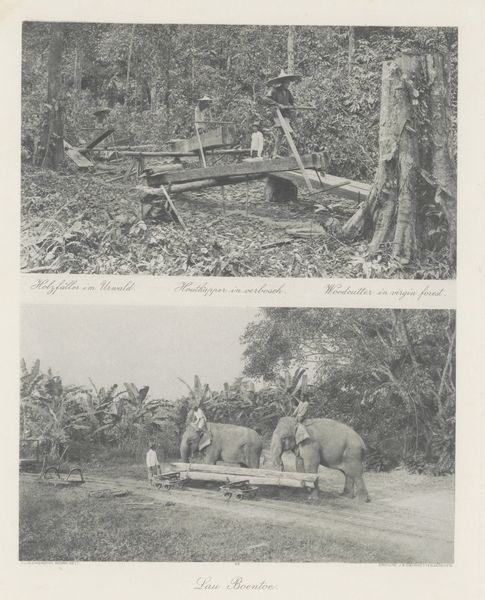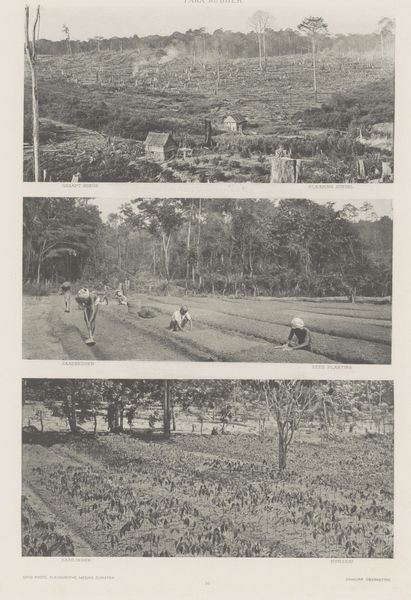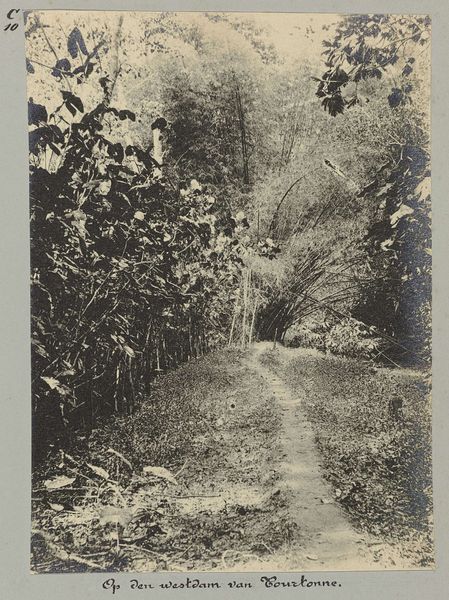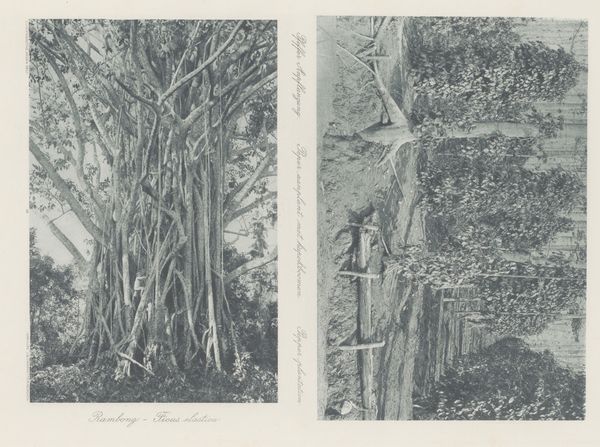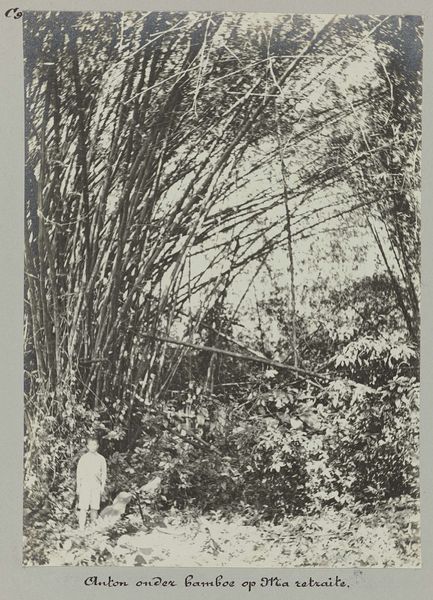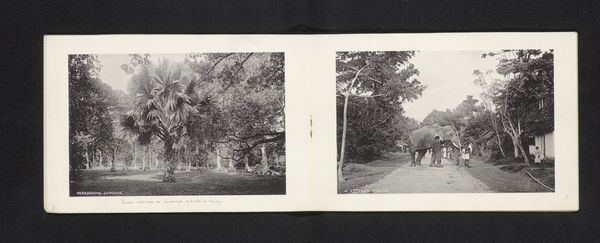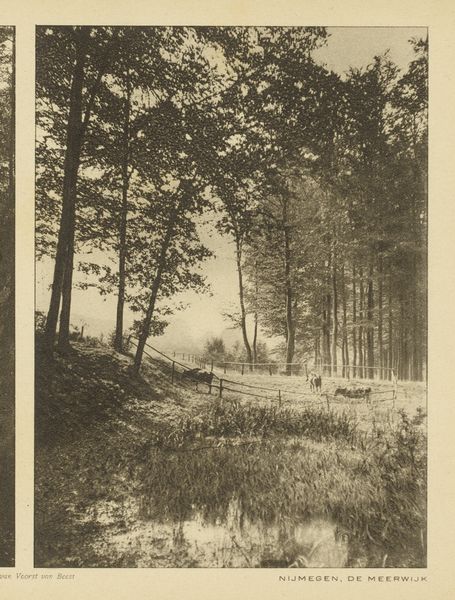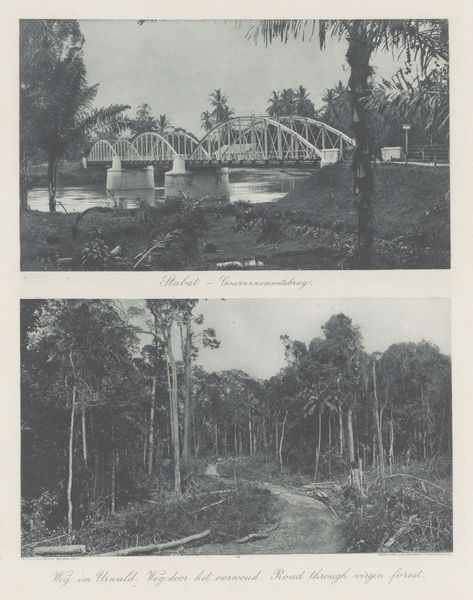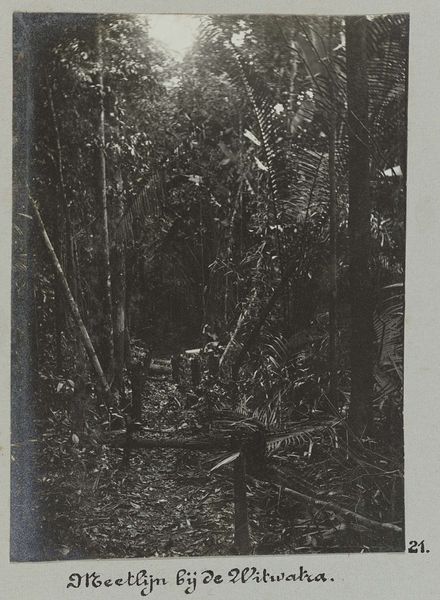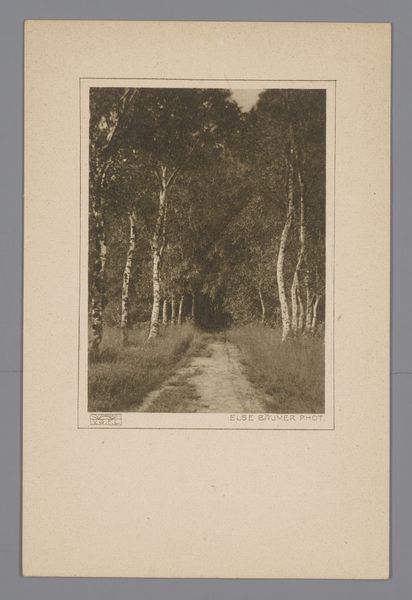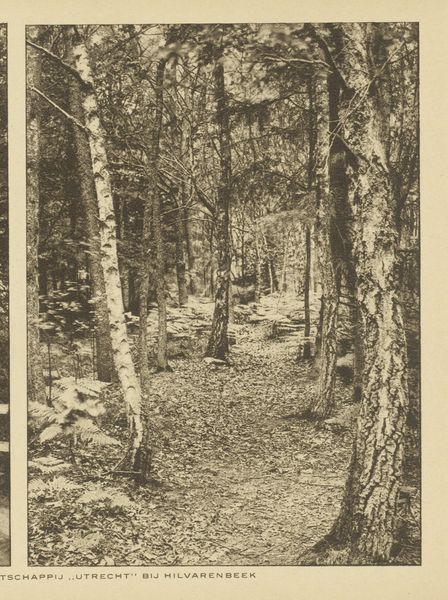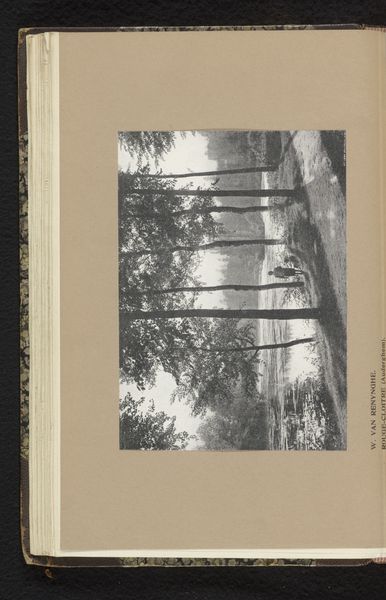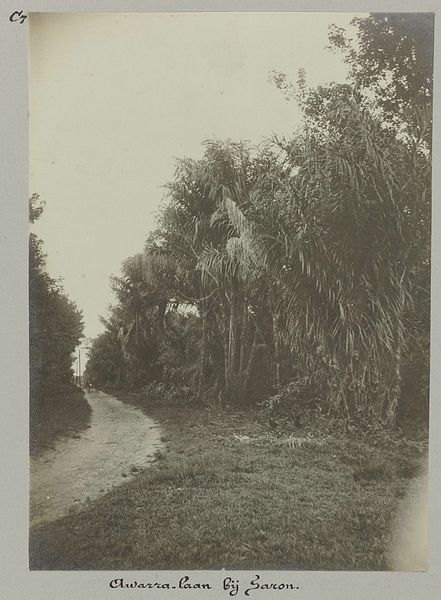
Veld met 6-jarige aanplant (boven) en tappen van latex (onder) op rubberplantage op Sumatra before 1898
0:00
0:00
print, photography
# print
#
landscape
#
photography
#
photojournalism
#
realism
Dimensions: height 146 mm, width 201 mm, height 154 mm, width 201 mm
Copyright: Rijks Museum: Open Domain
Editor: Here we have "Veld met 6-jarige aanplant (boven) en tappen van latex (onder) op rubberplantage op Sumatra," a photograph taken before 1898 by Carl J. Kleingrothe. It depicts two scenes of a Sumatran rubber plantation. The rows are very orderly. I can't help but think about how rigid they look, almost sterile. How do you interpret this work? Curator: This image, beyond its aesthetic qualities, presents a complex narrative of colonialism, labor, and resource extraction. The orderly rows you observe are not merely about efficient agriculture; they symbolize the imposition of Western systems onto the land and the exploitation of both the environment and indigenous populations. What stories might be silenced within these structured landscapes? Editor: Stories silenced? I see. The upper half shows neat rows of young trees, promising future harvests. And below, figures are actually tapping the trees. I hadn’t considered the human cost before. Curator: Exactly. Consider the global demand for rubber at the time, driven by the burgeoning automobile industry. This demand fueled the expansion of plantations like this one in Sumatra, resulting in displacement, forced labor, and devastating ecological consequences. Can you see how the ‘realism’ of the photograph is deeply intertwined with a power structure? Editor: I do now. So it's not just a landscape; it’s about how colonial powers reshaped entire ecosystems and societies to serve economic interests. Does that exploitation connect to our present? Curator: Absolutely. The legacies of colonialism continue to shape global economic inequalities and environmental crises. By examining images like this, we can begin to unpack the complex relationship between historical exploitation and contemporary realities. Editor: This photo speaks volumes beyond just the rubber trees and the landscape. I am leaving this discussion with new ways of analyzing art. Thank you for shedding light on this photo! Curator: My pleasure. Remember to look beyond the surface and consider the broader historical and social context of the artwork. The stories it unveils can be quite revealing.
Comments
No comments
Be the first to comment and join the conversation on the ultimate creative platform.
